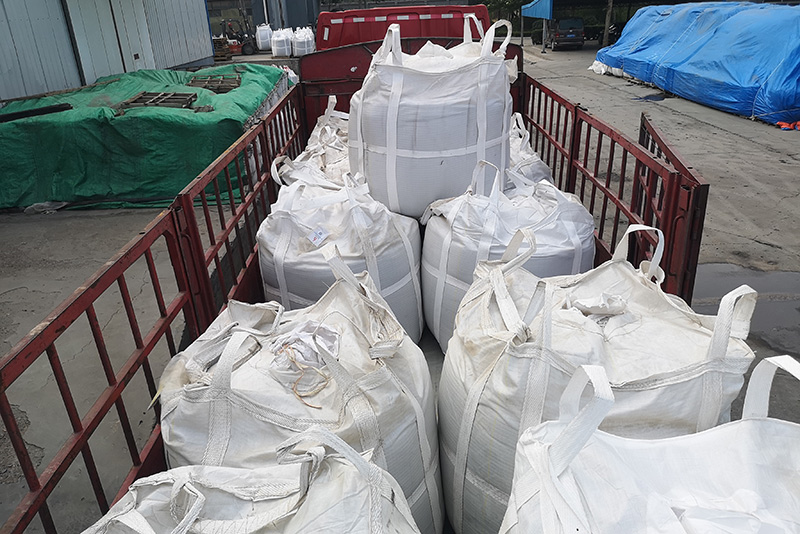How to Sand Cast A Step-by-Step Guide
Sand casting, also known as sand mold casting, is one of the oldest and most commonly used methods for shaping metals. It is a versatile process that allows for the production of complex shapes and large parts. This article will provide a step-by-step guide on how to effectively perform sand casting.
Step 1 Gather Materials and Tools
Before starting the sand casting process, it is essential to gather all necessary materials and tools. You will need sand (usually a mixture of silica and clay), a pattern (typically made of wood or metal), a molding box, metal for casting (like aluminum or bronze), and necessary tools such as a shovel, trowel, and furnace.
Step 2 Prepare the Pattern
The first step in the actual casting process is to prepare the pattern. The pattern is an exact replica of the object you wish to cast and is made with a slightly larger size to accommodate for metal shrinkage during cooling. Ensure that the pattern has smooth surfaces to avoid any defects in the final casting.
Step 3 Create the Mold
To create the mold, fill the molding box with the sand mixture, thoroughly compacting the sand around the pattern to capture its shape. Once the sand is packed, carefully remove the pattern to leave a cavity in the sand. It is crucial to ensure that the mold is intact and that there are no cracks or loose areas that could affect the final cast.
Step 4 Prepare for Pouring
how to sand cast

After forming both halves of the mold, it’s time to prepare for pouring the molten metal. Create a pouring cup and a sprue (a channel for the metal to flow) in the mold. Make sure the channels are strategically placed to ensure proper filling of the cavity without air pockets.
Step 5 Melt the Metal
Using a furnace, melt the metal until it reaches its molten state. Monitor the temperature closely, as different metals require specific melting points. Safety precautions are paramount at this stage, so wear protective gear.
Step 6 Pour the Metal into the Mold
Once the metal is molten, carefully pour it into the prepared mold through the sprue. Ensure a steady flow to prevent splashing or introducing air bubbles. After pouring, allow the metal to cool and solidify. The cooling time will depend on the thickness and type of metal used.
Step 7 Remove the Mold
After the metal has cooled completely, break away the sand mold to reveal the cast piece. Clean up any excess sand and smooth out rough edges if necessary.
In summary, sand casting is an accessible and effective method for creating metal parts. By following these steps, you can successfully create your own metal castings, whether for a hobby project or a more extensive production task.
Post time:ئیلول . 19, 2024 08:26
Next:sanding and painting 3d prints
